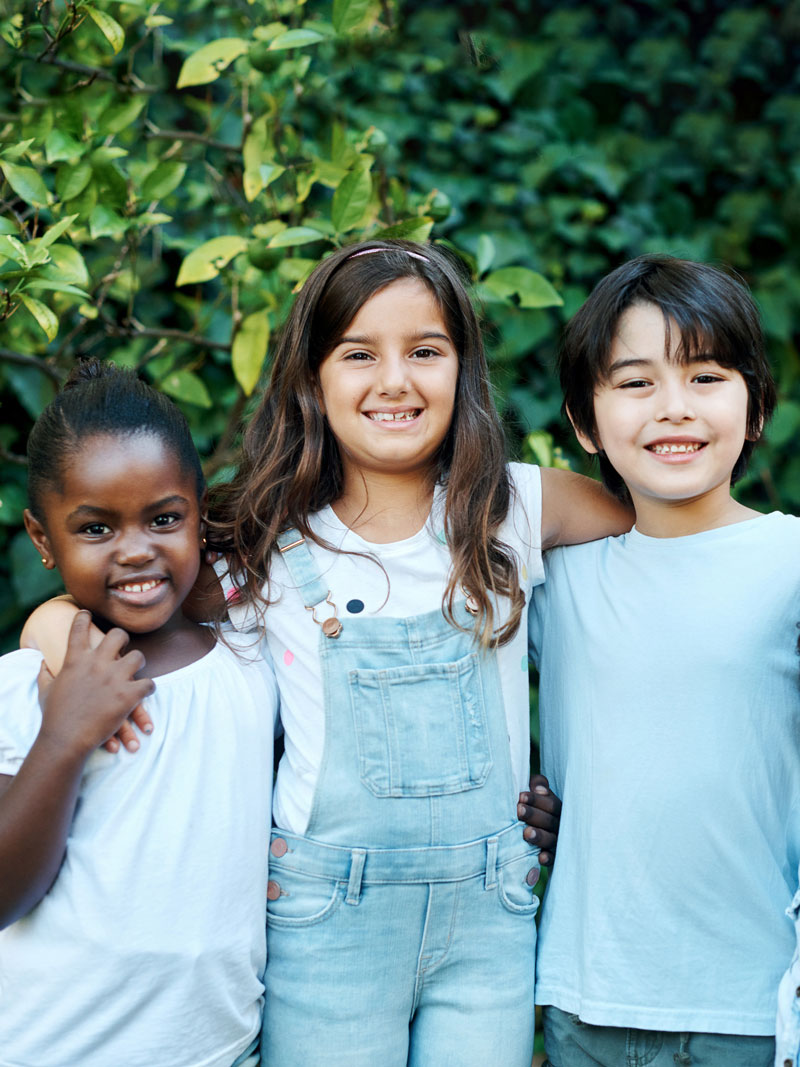
Anxiety and fear are a natural part of being human. In fact, they serve an important purpose. Anxiety helps us think ahead, anticipate challenges, and prepare for what’s to come. Fear, on the other hand, happens in the present moment. Its job is to trigger the body’s fight-or-flight response so we can recognize danger and protect ourselves.
However, in modern life, anxiety and fear often show up in situations where our primal fight-or-flight response isn’t helpful. Taking a math test, meeting new people, or speaking in class can all trigger intense feelings—even though running away won’t actually help! Sometimes, even when a child is prepared, their anxiety lingers.
Why Avoidance Makes Anxiety Worse
When something feels scary, it’s natural to want to avoid it. But avoidance tends to make anxiety stronger.
Take the example of a child who is afraid of dogs. If they leave every time a dog is nearby, the fear grows—and soon, they may start missing out on fun activities because of the possibility that a dog might be around. On the other hand, if they stay, even while feeling nervous, they can learn through experience that being near a dog can be safe. Over time, the fear shrinks instead of grows.
The Hidden Message in Protecting Kids from Fear
Parents naturally want to protect their children from discomfort. Society often reinforces this by suggesting that “good” parents should keep their children happy and successful at all times. But when we help kids avoid safe but scary situations, they may receive an unspoken message: “You’re right—you can’t handle this.”
This can unintentionally lower a child’s confidence in their ability to cope, making anxiety more powerful in the long run.
Four Steps Parents Can Try Instead
Supporting an anxious child doesn’t mean pushing them in without support. Instead, it’s about helping them stay present, regulate their body, and take small, manageable steps forward. Here are four tools you can try:
- Validate Their Feelings
Let your child know you see and understand what they’re experiencing. You might say: “I can see that you’re feeling anxious, and I’m right here with you. We don’t need to leave, and we’ll get through this together.” - Calm the Body
Practice calming strategies together, such as deep belly breathing, “3-4 breathing” (in for 3 counts, out for 4), or using a guided meditation app. If your child isn’t ready to participate, try the strategies yourself—they may naturally copy you. - Ask What Feels Scary
Encourage your child to name the scariest part. Simply putting feelings into words engages a different part of the brain and can help them begin to process and regulate their emotions. - Make a Small Plan Together
Find a manageable step forward. In the example above, that might mean taking a few steps closer to a dog, watching videos about dogs, or drawing pictures of dogs. For future-focused anxiety—like worrying about a test—it could mean starting with five minutes of studying or imagining what it will feel like to sit down, feel nervous, and still try their best. Let your child know that their effort matters more to you than a perfect outcome.
Every Child Is Different
These are just a few starting points, but every child and family is unique. What works in one situation may look different in another. At Launch, we specialize in helping children and families use science-backed strategies in ways that feel practical and personal.
If your child is struggling with anxiety, reach out to us—we’d be glad to help your family find tools that build confidence and resilience.
– Ilana Blatt-Eisengart, Ph.D.

